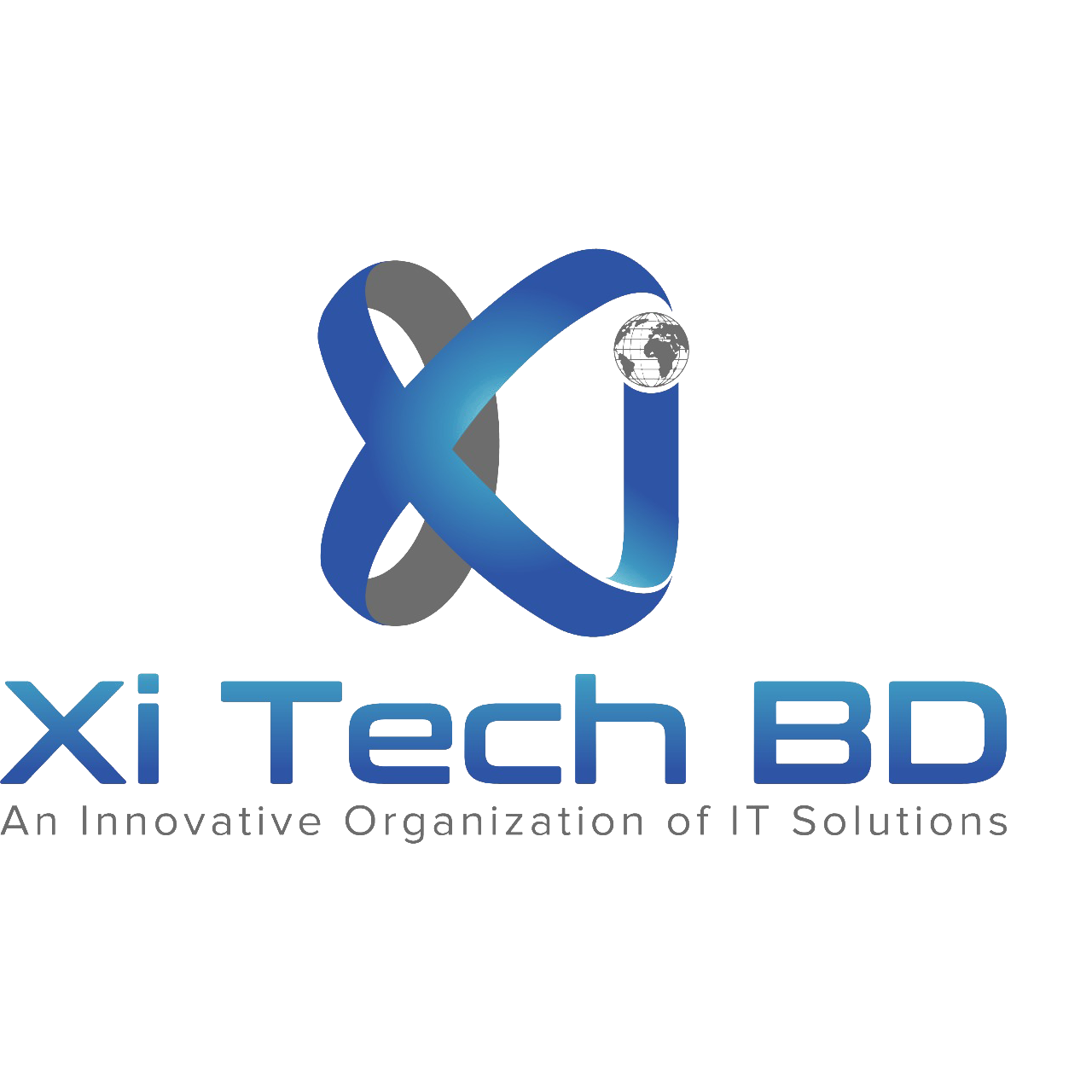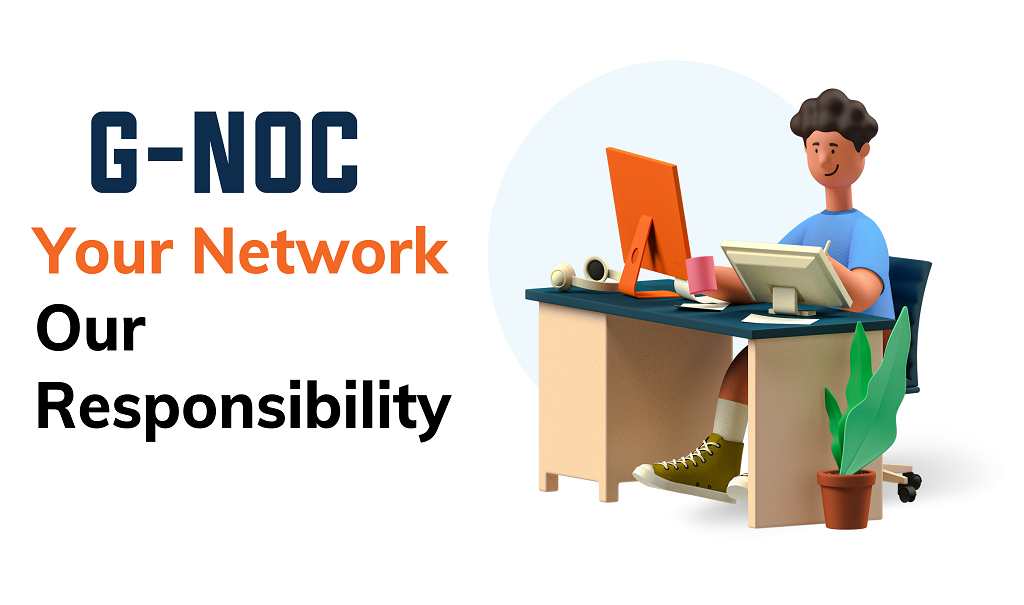G-NOC
From a definition point of view, a GNOC is nothing but a NOC (Network Operations Center) that operates for multiple networks across various geographies from one central location. What it really means is a vision straight out of a sci-fi movie that catapults us to a world of advanced technologies. It means that a network operator located in Texas can ensure seamless connectivity for a user based in China! Excited?
GNOC connects with telecom networks, Operation Support Systems, Element Management Systems, and multiple NOCs and operates out of one centralized location. It works as a large delivery center for network support, fulfillment and readiness. All alarms, customer complaints, service requests flow into the GNOC as inputs, engineers at the GNOC process the inputs and generate corresponding outputs. With a GNOC, a network provider can achieve scale and improve service efficiency, quality and flexibility. Let’s look at how business benefits from a GNOC:
Quality Consistency: The sheer excellence in technology deployed at a GNOC is proof to the promise of higher quality delivery. At a GNOC, tasks are repeated over and over again. This leads to better knowledge accumulation from actual operations and scope for improvement. Besides, GNOCs have a centralized quality control, automation and overall management visibility to the entire operations. This ensures consistence in service quality across geographies, removing chances of disparate reputation across geographies.
Better Traffic Management: With a 24/7 work model, the eyes in a GNOC can have a constant view of the entire network with proper data visualization in place. Network providers can therefore monitor, manage and maintain geography-wise service levels at all times. For example, the GNOC of global leader AT&T enabled them to visualize the heavy stress on network during the Japan tsunami and act on it in order to help people in those areas stay in contact with the world.
Lower Cost: Operational processes get streamlined, IT infrastructure costs are contained and high levels of automation leads to a considerable cost reduction in case of a GNOC.
Higher Security: By centralizing the NOCs, providers can invest well into the different standards of security, such as physical security, data network security and information security.
With so many upsides lined up for a GNOC, there is little or no space for network providers to think otherwise than invest in one. Now that means a huge scope opening up for providers for all the support they need; communications, security, data storage and so on. A GNOC as hi-tech and gargantuan as a NASA control room in Houston, will need the support from the best in class technology and service providers. Only then can users look forward to seamlessly connectivity, at any point of the globe. Exciting times indeed!

